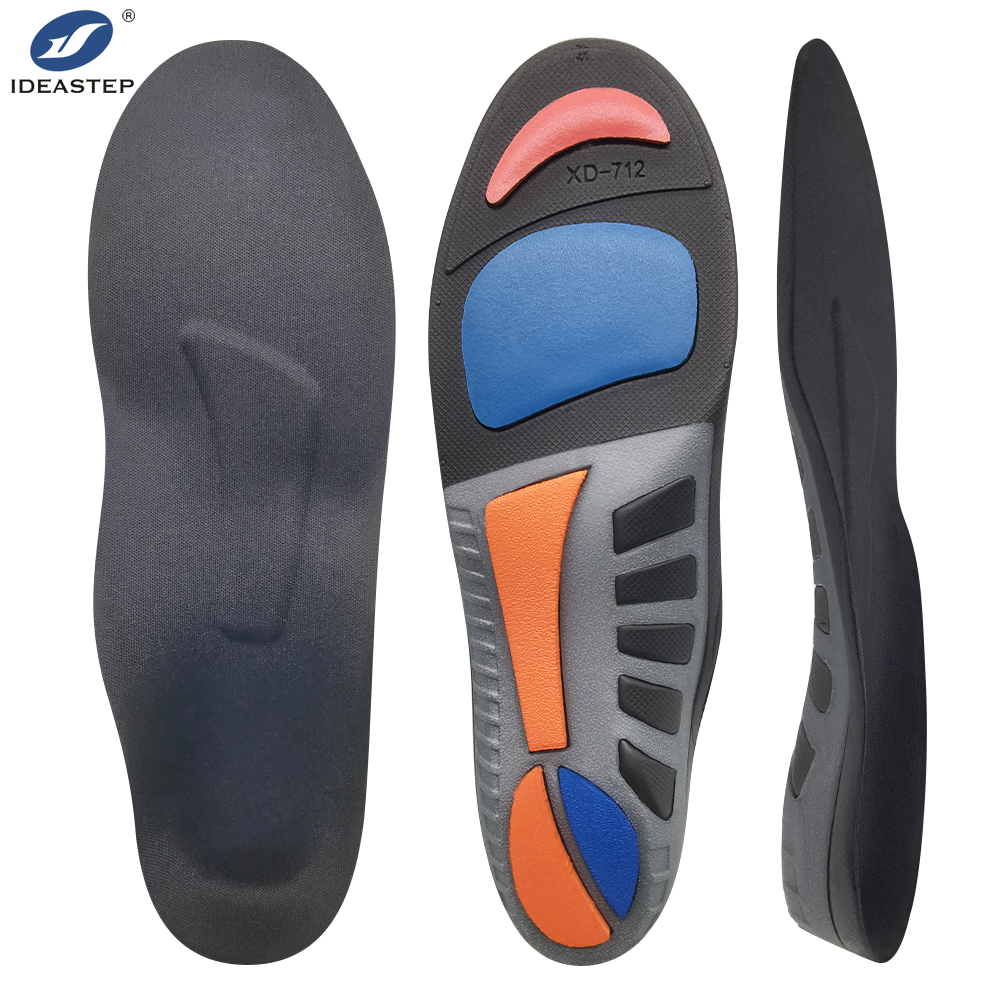Achilles tendonitis is a common foot condition that can cause pain and discomfort, affecting the tendon that connects the heel to the calf muscles.To relieve this symptom, choose the right shoes. The following will introduce the characteristics and precautions of shoes for Achilles tendonitis.

Firstly, it is essential to choose shoes that provide ample cushioning and support for the heel. The Achilles tendon is the strongest tendon in the human body, but it is also vulnerable to overuse and injury. Therefore, it is important to wear shoes that offer stable heel support and distribute pressure evenly across the foot. Look for shoes with a deep heel cup that cradles the heel and provides stability.
Secondly, it is important to choose shoes with good arch support. The arch of the foot plays a crucial role in providing balance and stability, and it can be easily strained or injured if not properly supported. Look for shoes with a well-designed insole that provides arch support and keeps the foot steady.
Thirdly, choose shoes with shock absorption properties. The Achilles tendon can be strained or injured by repeated impact or shock, especially during activities such as running or jumping. Therefore, it is important to wear shoes that absorb shock and reduce stress on the Achilles tendon. Look for shoes made from soft, shock-absorbing materials that protect the tendon.
Fourthly, it is essential to choose shoes that fit properly. A loose or ill-fitting shoe can cause the foot to slide around inside the shoe, putting undue stress on the Achilles tendon. Therefore, it is important to have your feet measured accurately and choose shoes that fit snugly but comfortably around your heel and ankle. Avoid shoes that are too tight or too loose, as they can cause discomfort and injury.
In addition to these shoe characteristics, there are other factors to consider when choosing shoes for Achilles tendonitis. For example, you may need to wear shoes with a higher heal to prevent your heel from slipping out of the shoe. Also, avoid wearing shoes with hard soles as they can transfer stress to the Achilles tendon. Instead, choose shoes with soft and flexible soles that absorb impact and distribute pressure evenly across the foot.
It is also important to wear shoes that are appropriate for your activity level and foot type. If you are a runner or participate in high-impact activities, choose running shoes designed for impact absorption and stability. If you have flat feet or high arches, choose shoes that provide extra support for your arch.
Finally, it is essential to replace your shoes regularly. Shoes lose their shape and support over time, which can affect the way your feet and Achilles tendon bear weight. Replace your shoes every 300-500 miles for running shoes or every 6-12 months for casual shoes.
In conclusion, choosing the right pair of shoes is crucial for relieving Achilles tendonitis symptoms and preventing further injury. Look for shoes that provide ample cushioning and support for the heel, good arch support, shock absorption properties, and a proper fit. By investing in a good pair of shoes, you can protect your Achilles tendon and keep your feet comfortable and healthy.
